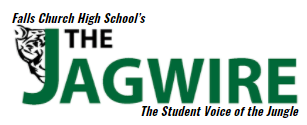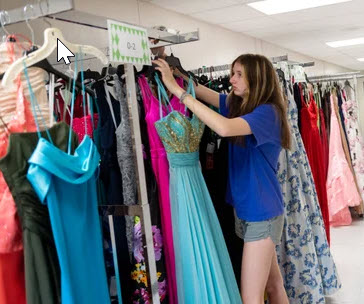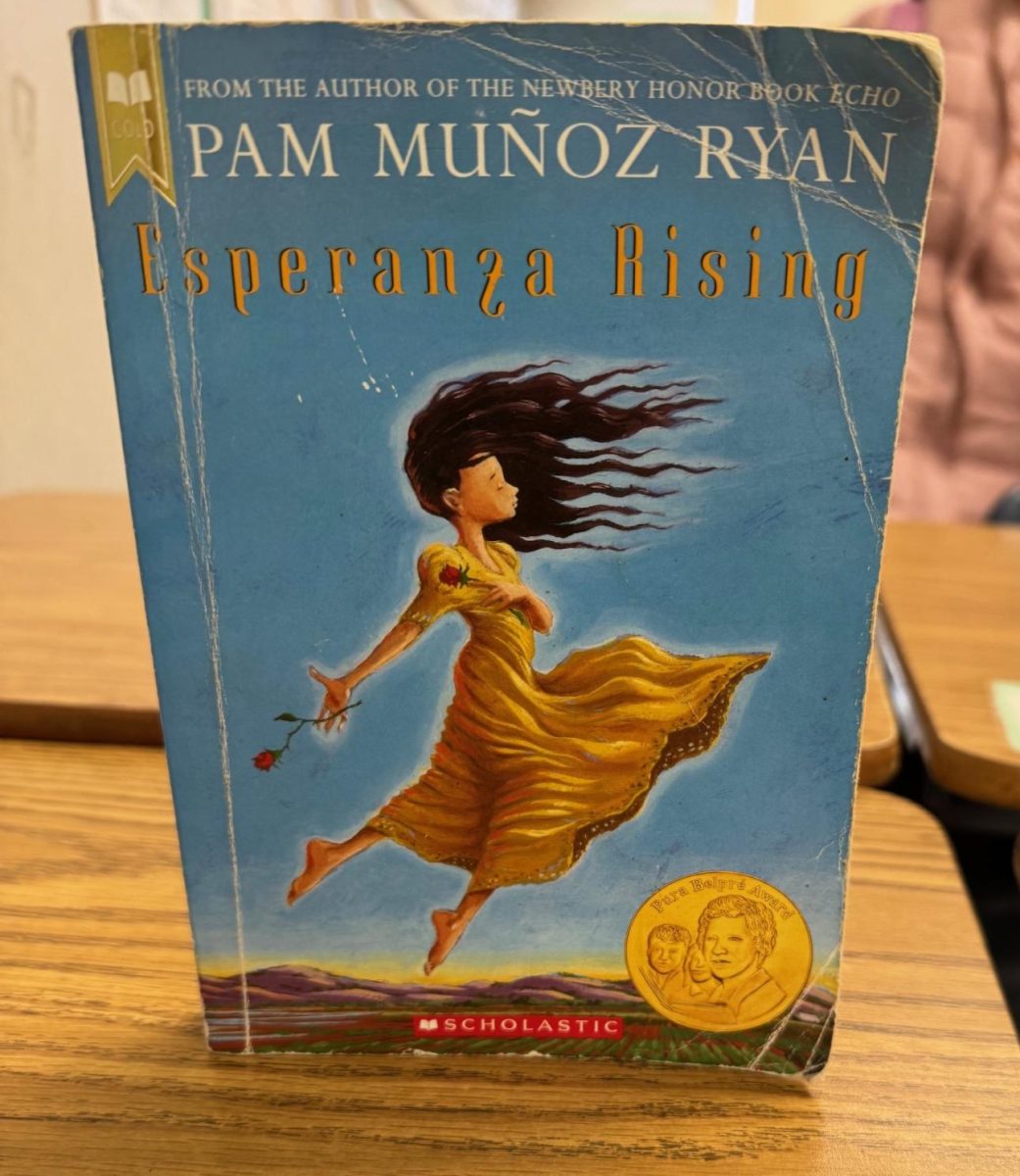Overview of the governments branches
February 9, 2016
Though there are many important parts of a democracy I think that the system of checks and balances is the most important. Without checks many things could happen to make one branch more powerful. They could also allow many bad things to happen. Each branch checks each other all the time, but i’ll explain how each branch can check each other in this whether it’s the judicial, legislative or executive.
The judicial branch of the united states has checks and balances that prevent the executive and legislative branches from getting too powerful. They check the executive branch by having the power to impeach the president. They also check the legislative branch by being able to review any law that is in consideration or that has been passed and deem in unconstitutional. They use judicial review to do so.
The legislative branch also has many checks and balances. They prevent the executive branch from getting too much power by being able to override vetoes. They need a ⅔ vote in each house to override a veto though. They check the judicial and executive branches by approving nominations for the supreme court and the appointments of cabinet official.
The executive branch as well as the legislative and judicial branches has many checks and balances. They check the judicial branch by being the ones who appoint them to the jobs. They check the legislative branch by vetoing laws. Though vetoes can be overridden they are majorly important.
Every branch does its own part in our government. That is why I think the system of checks and balances is one of the most important parts of a democratic government. Everyone has a way to prevent the other from becoming too powerful. They all are involved in a fairly basic system that keeps each branch in check and all of the branches stay important.




